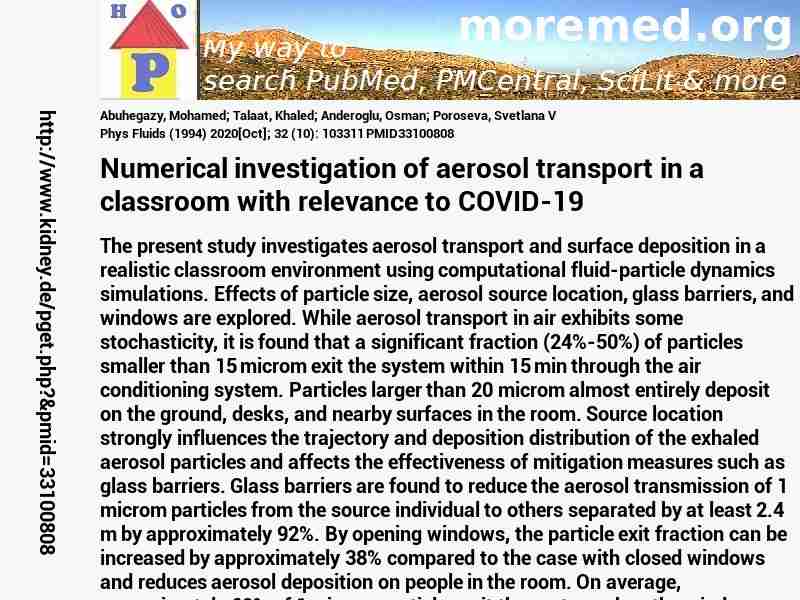
|
10.1063/5.0029118
http://scihub22266oqcxt.onion/10.1063/5.0029118

33100808!7583363!33100808
 free free
 free free
 free free
Warning: file_get_contents(https://eutils.ncbi.nlm.nih.gov/entrez/eutils/elink.fcgi?dbfrom=pubmed&id=33100808&cmd=llinks): Failed to open stream: HTTP request failed! HTTP/1.1 429 Too Many Requests
in C:\Inetpub\vhosts\kidney.de\httpdocs\pget.php on line 215
|  
Deprecated: Implicit conversion from float 211.6 to int loses precision in C:\Inetpub\vhosts\kidney.de\httpdocs\pget.php on line 534
Deprecated: Implicit conversion from float 211.6 to int loses precision in C:\Inetpub\vhosts\kidney.de\httpdocs\pget.php on line 534
Deprecated: Implicit conversion from float 211.6 to int loses precision in C:\Inetpub\vhosts\kidney.de\httpdocs\pget.php on line 534
Deprecated: Implicit conversion from float 211.6 to int loses precision in C:\Inetpub\vhosts\kidney.de\httpdocs\pget.php on line 534
Deprecated: Implicit conversion from float 211.6 to int loses precision in C:\Inetpub\vhosts\kidney.de\httpdocs\pget.php on line 534
Warning: imagejpeg(C:\Inetpub\vhosts\kidney.de\httpdocs\phplern\33100808.jpg): Failed to open stream: No such file or directory in C:\Inetpub\vhosts\kidney.de\httpdocs\pget.php on line 117
 Phys+Fluids+(1994) 2020 ; 32 (10): 103311 Phys+Fluids+(1994) 2020 ; 32 (10): 103311
Nephropedia Template TP
gab.com Text
Twit Text FOAVip
Twit Text #
English Wikipedia
|
Numerical investigation of aerosol transport in a classroom with relevance to COVID-19 #MMPMID33100808Abuhegazy M; Talaat K; Anderoglu O; Poroseva SVPhys Fluids (1994) 2020[Oct]; 32 (10): 103311 PMID33100808show ga
The present study investigates aerosol transport and surface deposition in a realistic classroom environment using computational fluid-particle dynamics simulations. Effects of particle size, aerosol source location, glass barriers, and windows are explored. While aerosol transport in air exhibits some stochasticity, it is found that a significant fraction (24%-50%) of particles smaller than 15 microm exit the system within 15 min through the air conditioning system. Particles larger than 20 microm almost entirely deposit on the ground, desks, and nearby surfaces in the room. Source location strongly influences the trajectory and deposition distribution of the exhaled aerosol particles and affects the effectiveness of mitigation measures such as glass barriers. Glass barriers are found to reduce the aerosol transmission of 1 microm particles from the source individual to others separated by at least 2.4 m by approximately 92%. By opening windows, the particle exit fraction can be increased by approximately 38% compared to the case with closed windows and reduces aerosol deposition on people in the room. On average, approximately 69% of 1 microm particles exit the system when the windows are open.�
  
DeepDyve
Pubget Overpricing | 
|